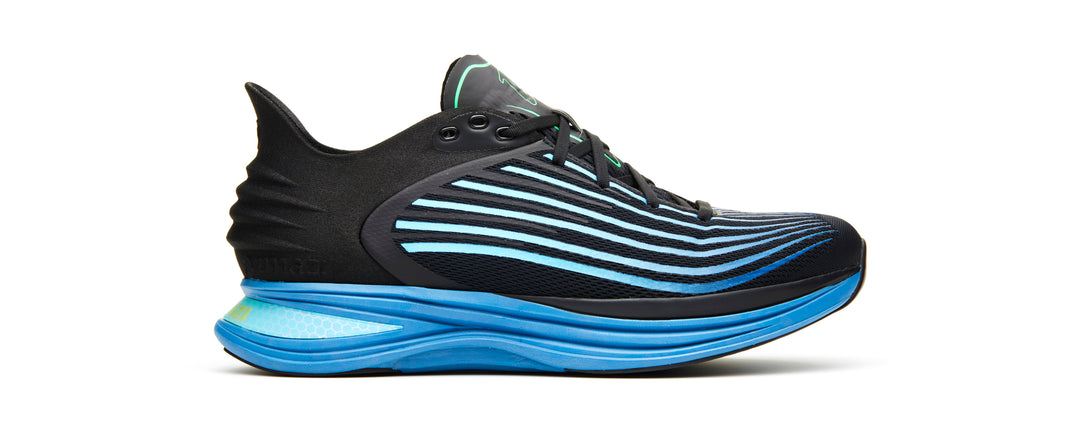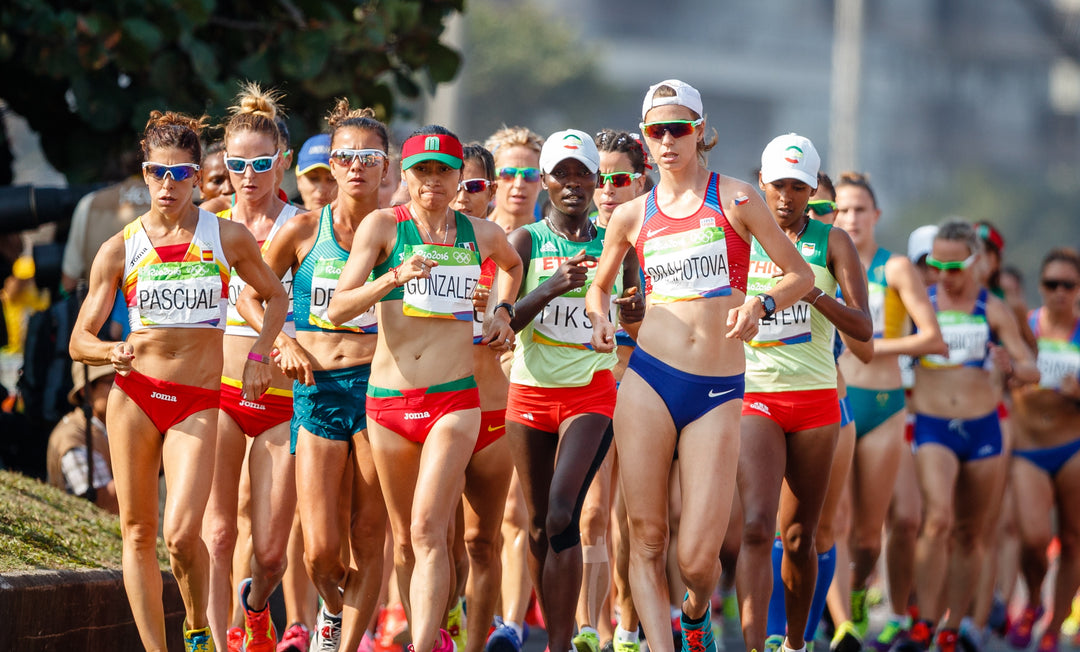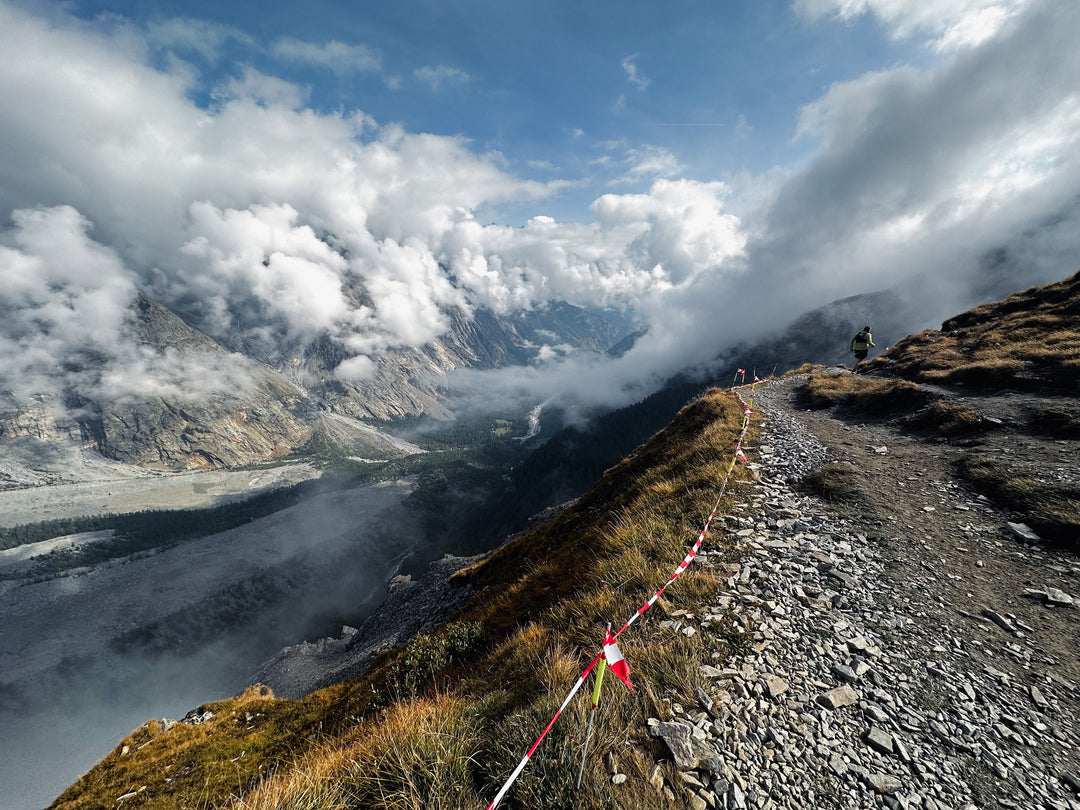Another look at the importance of cushioning
Kelvin Kiptum’s world record time of 2:00:35 at the 2023 Chicago Marathon on Sunday (10/8/23) is an outstanding athletic achievement and a testament to Kenya’s system for developing elite distance runners. Just a couple weeks ago, Ethiopian Tigst Assefa ran 2:11:53 at the Berlin Marathon (9/24/23), destroying the women's marathon record by more than 2 minutes. Even for people familiar with the years and sheer volume of dedicated work these athletes put in, Assefa and Kiptum’s achievements are incredible and well earned. Congratulations to both!
But what part, if any, did his shoes play? Popular opinion, stoked by the marketing machines of footwear giants, is that new and exotic materials return energy more efficiently than previous running shoes and account for this heroic feat. However, nobody has described in technical detail just how these shoes work. Instead, the explanations all fall back on a causation fallacy by claiming the proof of the mechanism is the world record itself. But there is another plausible mechanism that isn’t being spun by the marketing giants: shock absorption.
Moses Tanui was the first to break 1-hour in the half marathon in 1993. Tanui sustained an average pace of 4:33 min/mile over the 13.1 mile course, slightly faster than Kiptum’s 2023 average marathon pace of 4:36 min/mile. Tanui’s traditional low-profile racing flats were very different from the high stack-height shoes worn by Kiptum, yet runners in Tanui’s era sustained those incredible paces for a half marathon. Tanui’s shoes were lightweight, but purported no energy advantage for the runner.
High stack-height shoes have one obvious difference from older racing flats: they’re very soft. A soft material with enough thickness so they don’t bottom out, absorbs more impact energy than a firm low-profile racing flat. The problem is that the marketing giants will have you believe that the new foam properties, perhaps aided in some way by carbon plates and spring-loaded cassettes, manage to return impact energy to help the runner move with less effort. Add up all those steps of slightly less effort and you have an energy savings that can be burned to run faster. The problem with this idea is that it violates the 2nd Law of Thermodynamics. In other words, it’s not physically possible.
The scientific literature is filled with descriptions of running as a bouncing motion where impact energy is temporarily stored in the tissues and then released, analogous to a bouncing ball. Universally, these bouncing gait descriptions omit the acceleration of the mass of the swing leg and the muscles around the hips and in both legs in making a stride. It is essential to remember that the swing leg is being powered from the moment the support leg touches the ground and continues to move forward and up during the entire time the body is in contact with the ground. The swing leg, being a substantial part of the whole body, moves the body (technically, it moves the center of mass of the body) forward and upward in a smooth, but complicated motion.
The idea that energy being stored outside the body in the sole of a shoe can simultaneously make its way into the motion of the swing leg is, of course, absurd. The advocates of shoe energy return attempt to get around this issue by imagining the body as a rubber ball that moves as a whole rather than as a jointed muscle driven organism that moves its limbs. In addition to this obvious definitional problem, the bouncing-energy-return idea omits internal friction. Friction generates heat, which must be dissipated from the body. Omitting friction also violates the 2nd Law of Thermodynamics and reveals that the proposed bounce motion is implausible.
A plausible idea that is consistent with thermodynamics is that a thick soft shoe absorbs more of the impact energy, compared to a low-profile racing flat, so that less impact energy must be absorbed by the body. This is the commonsense understanding for cushioning in shoes. When the body has to do less work generating the friction force to halt the downward motion at impact, it experiences less fatigue.
Over the many steps of a marathon, less fatigue means that the legs can perform their function better. In other words, a big difference between 1993 racing flats and 2023 racing shoes is that modern shoes may reduce the cumulative fatigue in a runner. The fatigue notion contrasts with the energy notion by identifying a different limitation in the body than just propulsion energy. Since fatigue limits our legs ability to move properly, reducing fatigue is advantageous.
Decreasing impact shock absorption in a running shoe is the essence of Vimazi’s pace-tuned technology. Vimazi shoes are softer at impact so that your legs feel less stress. Vimazi’s technology then combines the enhanced shock absorption with greater torsional stability in the forefoot to reduce the strain from over-pronation.
Impact shock and push-off strain vary as a function of pace, and it’s a careful balancing act to get the tuning just right. With our patented tech, Vimazi running shoes relieve two sources of stress, not just one: the stress of over-pronation and the stress of impact shock. Together, you get the best combination for reduced fatigue and healthy, enjoyable running.










